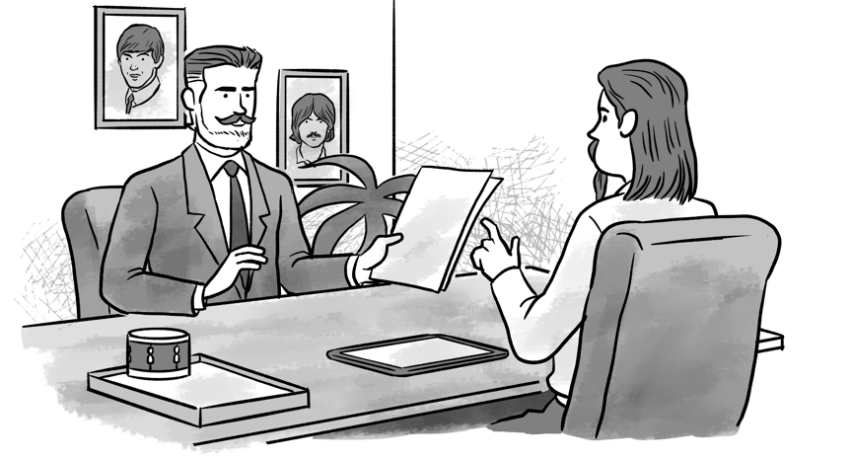You are Sangeetha, the delivery manager for a product. There are three scrum teams working for the product located in Bangalore, Dublin (Ireland) and Salt Lake City (US), with the PO located in Salt Lake City. The recent retrospective has surfaced this issue, which has come to you for resolution:
The initial backlog refinement is done between the PO, Scrum Masters and few senior members of the team. So the team input is “As per Agile practice all of the team should participate in the backlog refinement. Due to lack of this we are unable to give an accurate forecast for the iteration.”
Given the time difference between locations getting a large enough common/overlapping time slot is difficult.
The total number of people involved, which is close to 25, will make it difficult to manage the backlog refinement session.
You approach your Agile coach, Guru, for a solution. Guru responds “I will give you a solution, but would like you to work on it, as I think you can resolve this on your own. Just dwell on the purpose of the ceremony and its desired outcome.”
Can you solve this one?
Suggested solution:
Sangeetha was able to resolve this by arranging for an additional meeting wherein the each team would be briefed on the discussions that took place in the initial refinement session.
She also invited one team member from each team to join the meet on a round robin basis. This way the number of people involved in the initial refinement increased by three, but was still manageable.
That’s all she had to do.
Sangeetha approached the issue, keeping in mind what the team members needed, to be able to meet the forecast velocity.
(1) Well understood user stories with clear acceptance criteria, so that the team members can estimate in story points and subsequently break it down into tasks and hours
(2) at the same time the team should have a view of the big picture.
She noticed that due to the initial refinement session, the few members who participated in it, were able to understand the user stories earlier than the rest of the team. This was evident when she observed a refinement and a planning session. The ones in the know moved faster. The others felt that they were being rushed.
Few members gathered information over two sessions and the remaining members were getting the information in a single session. It was not possible to include all in the initial refinement session, she had to do something to get the entire team on to the same page. It required extra time, but that was necessary for the team to forecast the velocity and meet it.




